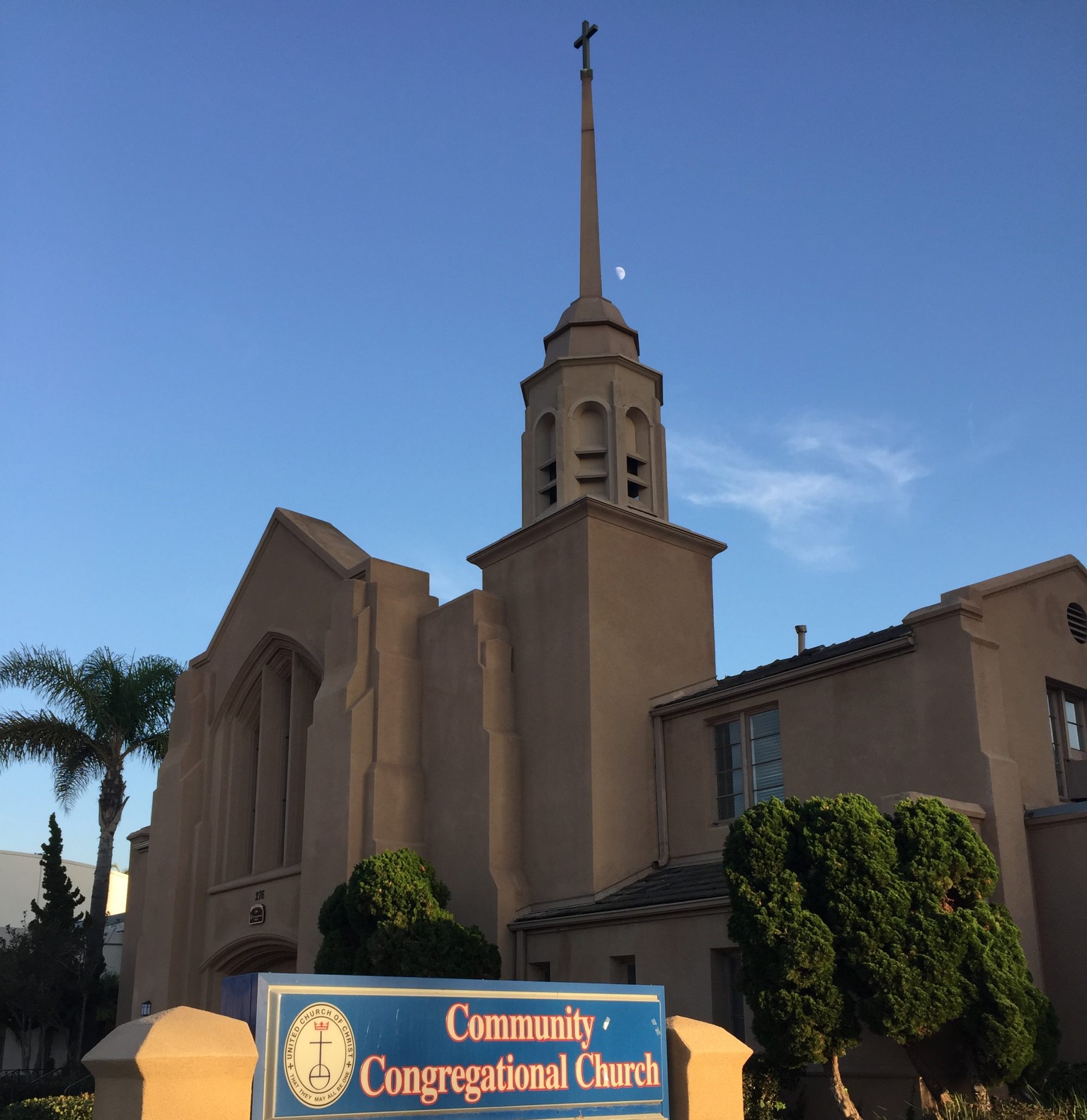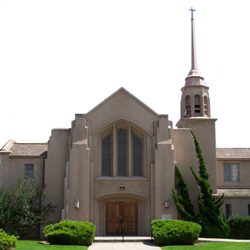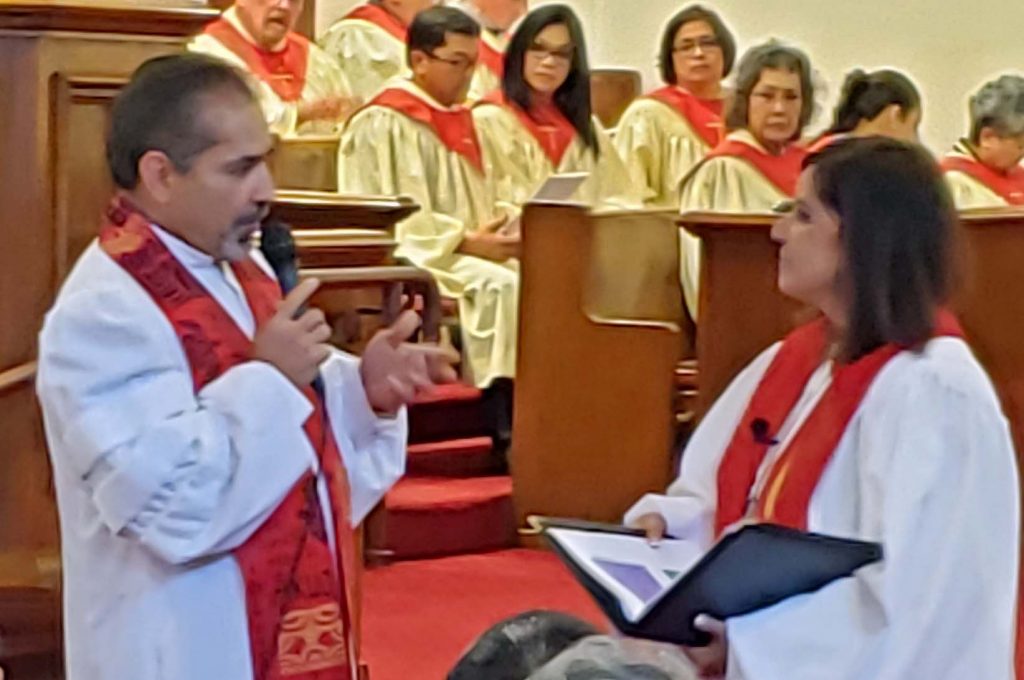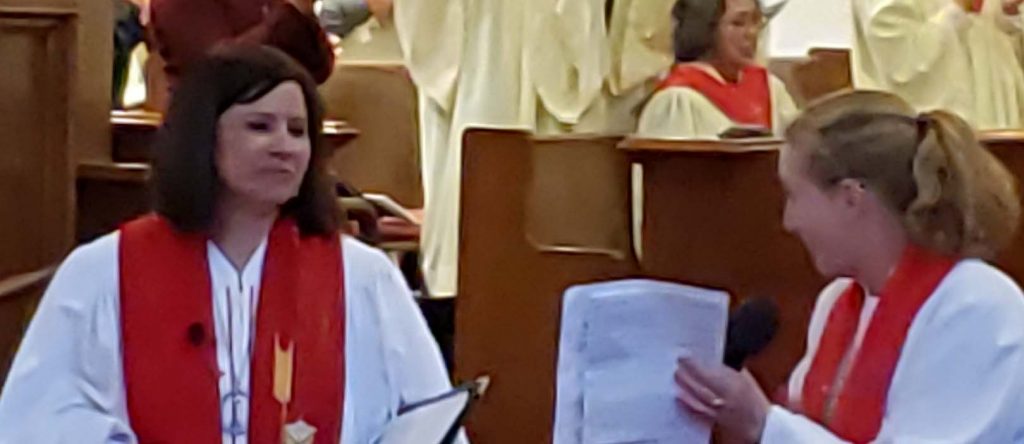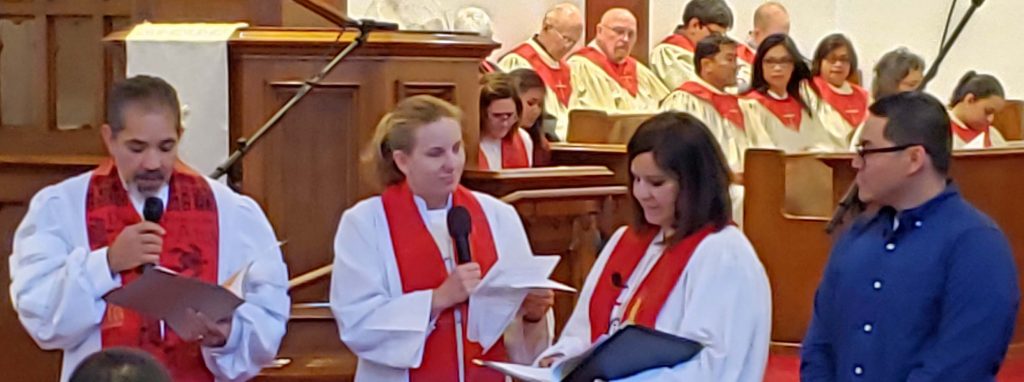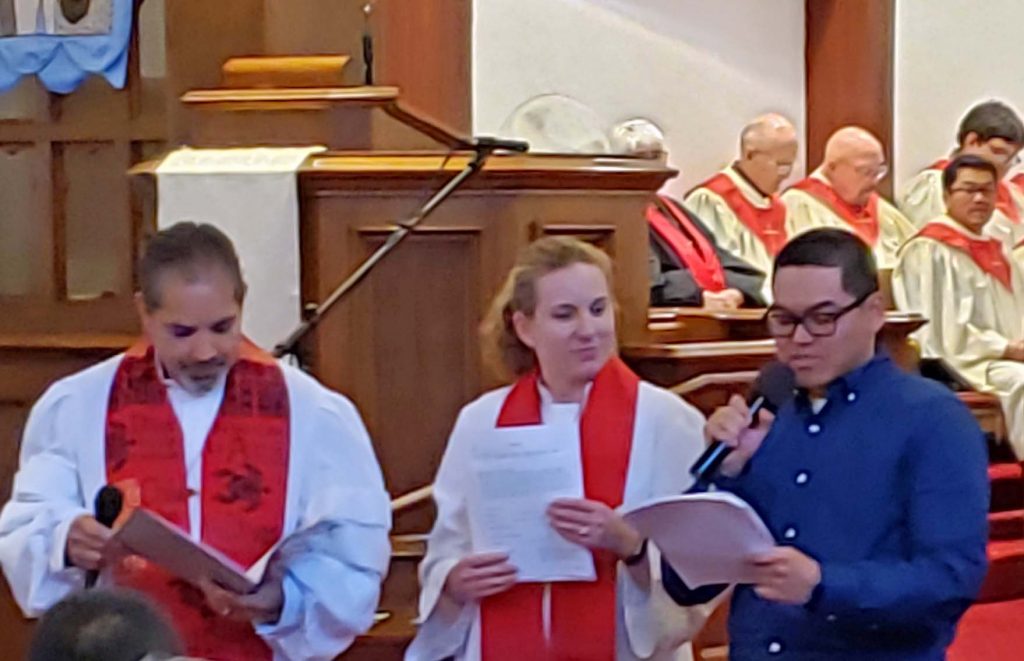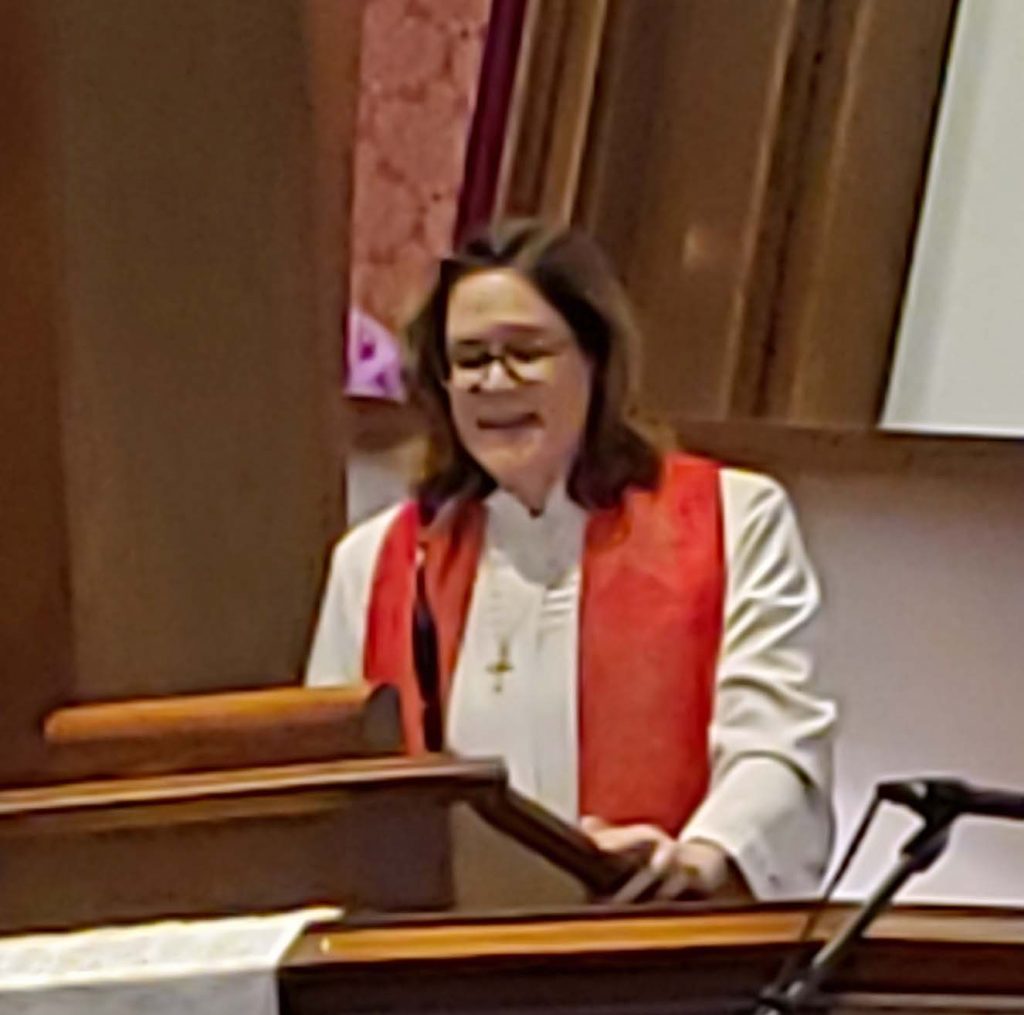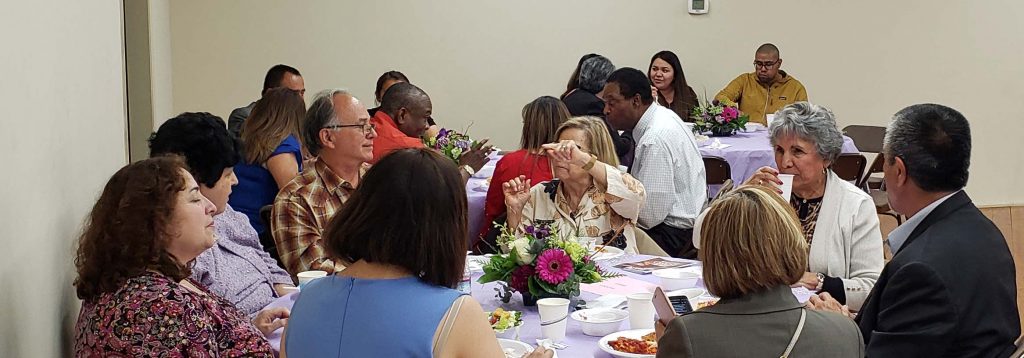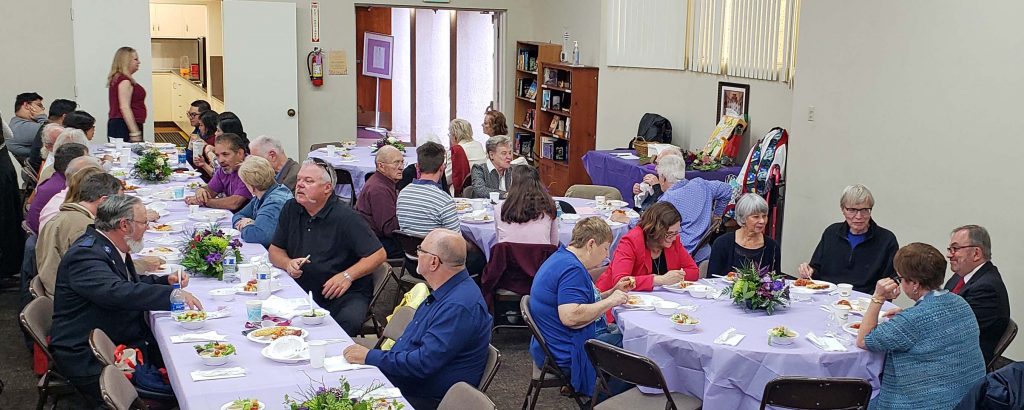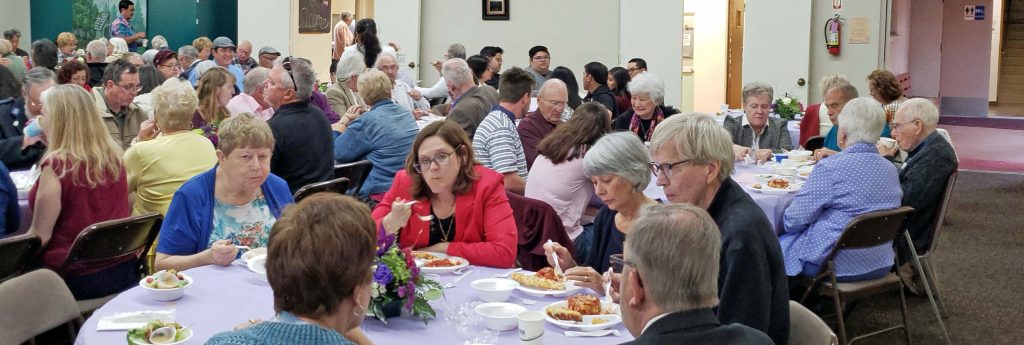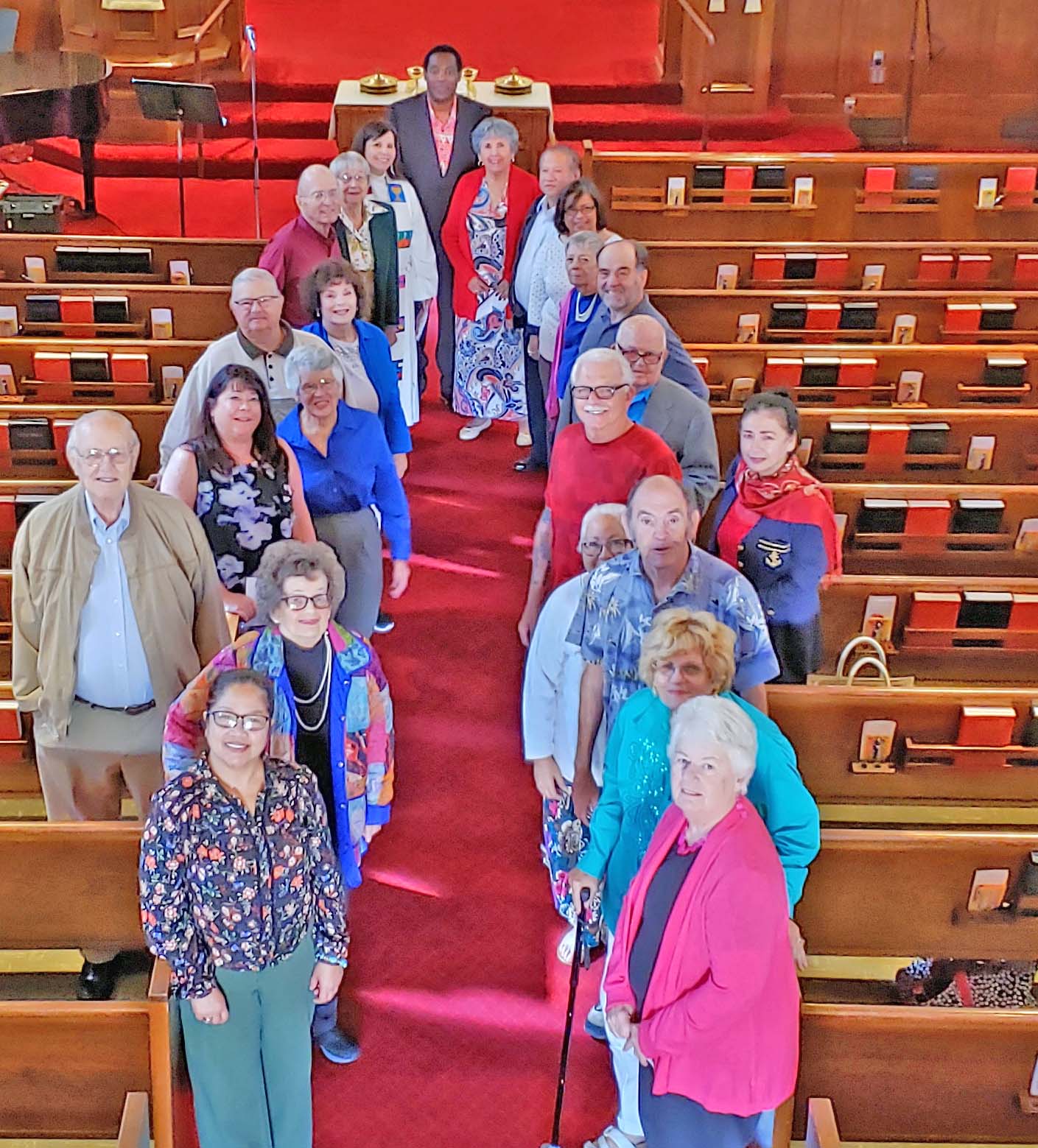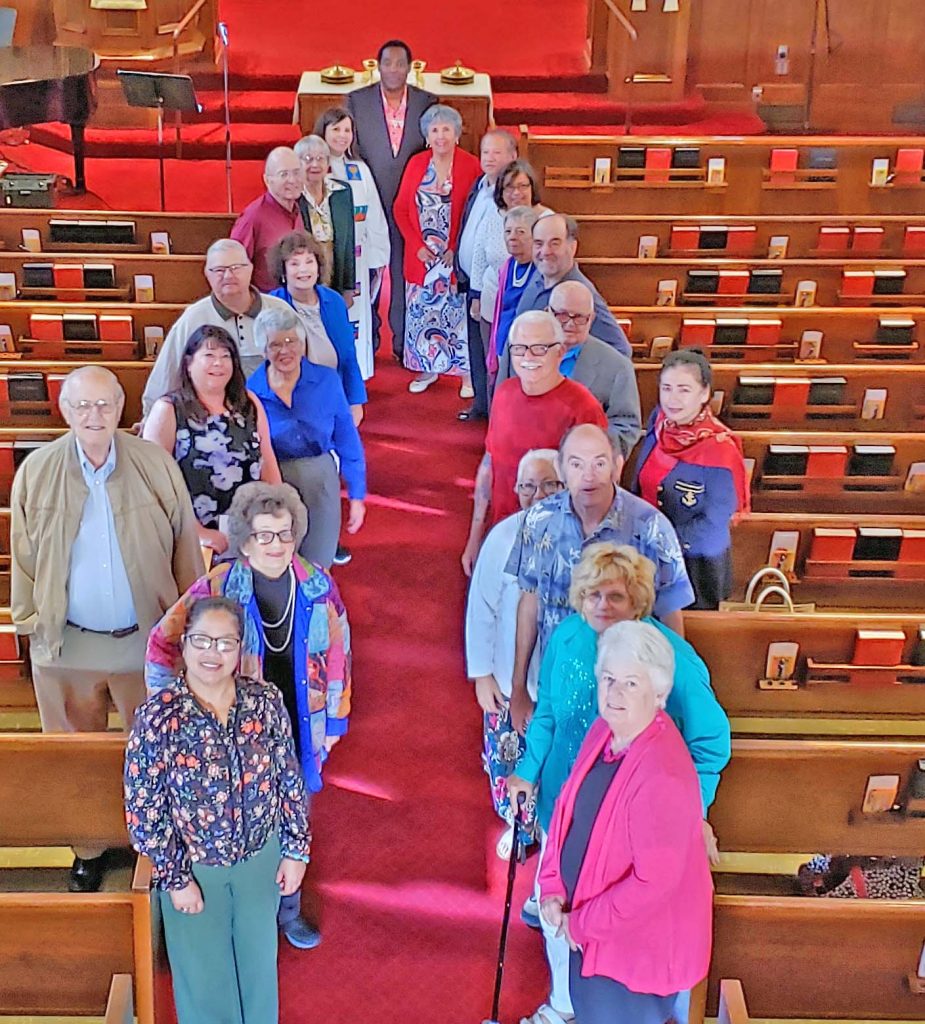Pentecost- New Beginnings!
June 9, 2019
Acts 2:1-21; 42-47
What a wild day that must have been! I wonder if you ask yourself the same question that I ask myself today? The question is- why doesn’t that happen today? Why can’t I see VISIBLE evidence of the Holy Spirit? Why can’t I hear the Holy Spirit’s presence? Why can’t I be a witness to this kind of Holy Spirit action today? Did that kind of miraculous happenings only happen back then? Why not today? Because if truth be told- I’m kind of envious of those first disciples.
Think about it: They go to hang out with Jesus, participate in His ministry learn from Him, watch Him, be molded and prepared by the greatest teacher ever and then… they get to see that He really did raise from the dead b/c He showed up among you and your disciple buddies. And then… if that’s not all all Jesus promises to send you the Holy Spirit, also known as “the advocate” and the “comforter,” so that you aren’t alone. And then on this particular Pentecost there you are and suddenly “flames like tongues of fire” rest on your heads and there is a sound a powerful gush of wind and then you hear people speak in different languages but somehow you’re able to understand what each other is saying!!!
So yes, I’m kind of envious to tell you the truth! I WANT modern day Pentecost moments. I want to witness and participate in that kind of day, too… I think to myself.
But then… I realize I say, “Oh but Liz, you are, you are participating in modern day Pentecost moments! Every time you stand in awe at people from this congregation who do not look like one another, who might have a hard time understanding each other, who may have come from different countries, and cultures and yet CHOSE to worship together, befriend one another, serve God together, love one another, be like Christ as modern day disciples in THIS community of faith together- THOSE ARE modern day Pentecost moments!!
But, how else friends- how else might God be inviting us to ignite the Holy Spirit among us to do good for this community?
I just returned from the Annual Meeting of our Denomination, here in Southern California. As I saw old friends and made the acquaintance of new friend, I was able to hear how the holy Spirit is alive and well across our region.
I was happy to share with everyone that we continue to be a part of God’s transformational work in Tijuana by the support we give to the shelter that is housed inside of Pastor Jose Altamirano’s church.
I sat next to the Executive Director of the RHF (they own the Tower next door.) He gave one of the main speeches of the weekend and showed us a video of folks who live in an affordable housing apartment building in St Louis, MO. They have made it possible for literally thousands of older adults to live in affordable housing all of the country. They are a connected entity of our denomination.
Then I heard about how two more congregations in this past year have become Open and affirming, Welcoming and Accessible to ALL- meaning that they truly welcome all immigrants and refugees, also people who have physical or mental impairments, and people who identify as members of the LGBTQ community. These churches have chosen to be radically inclusive, not allowing barriers of class, gender, race, physical capabilities to separate them or keep them from doing good in their communities of faith.
I hear about how a church has created a ministry to help house and protect pets that belong to people when they become homeless and are not only in need of a home for themselves but also for their beloved pets. They partner with organizations that also help these individuals find affordable housing.
So, yes, we can actually say that the Holy Spirit IS alive and well across our denomination. And we can also say that the Hoy Spirit is alive and well here, in this corner of the country, through the ministries of this church.
But…back to the scripture this morning. Notice what happened that particular Pentecost! That Pentecost was only the beginning! It was the beginning of the disciples’ ministry without Jesus at the helm of that ministry. We read that Peter (the same one who had denied Jesus) was now the one who got up and preached to all of those people gathered. We read how AFTER this Pentecost they began to meet in homes- to do what? To worship, to share “all things in common” to make sure no one was in need, to share meals and fellowship. THAT is how the Christian Church began.
Friends- we are STILL called to be about God’s work through the power of the Holy Spirit. To recognize that yes, the Holy Spirit is alive and well but also to CONTINUE to find ways to share God’s love in the world.
We have much to do here, friends. Much has been done since 1890, when this congregation was originally formed, and there is still much to get done. We will step on each other’s toes. We will feel growing pains, we will make mistakes but LET us do so in a spirit of LOVE, cooperation, determination, kindness, mutual respect, healthy communication and so on!
We are in a time of this country where we NEED to be about the work of the Holy Spirit, enabling us to cross lines that divide us in society but that do not divide us but UNITE us here, in this place of ministry.
May we allow the Holy Spirit to work and live among us. To fill us with all that we need to serve God, one another and this community.
Amen.
